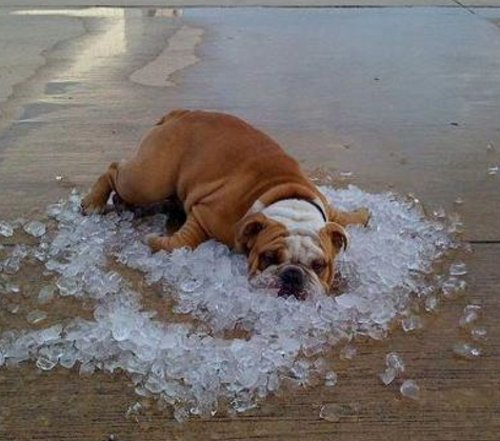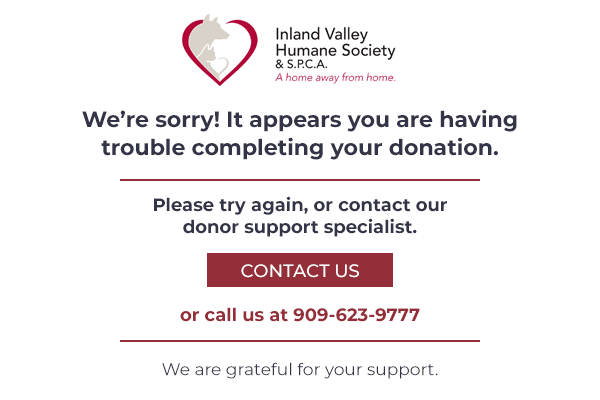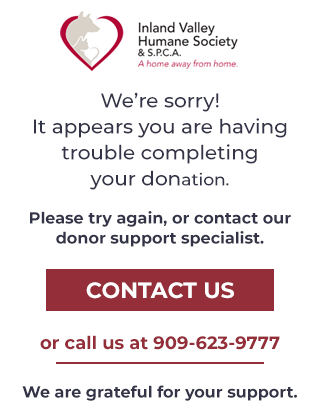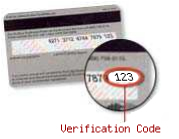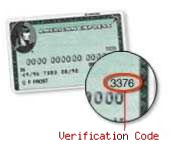It's hot outside! Pet owners are being reminded to keep their pets cool and safe.The Inland Valley Humane Society & SPCA has provided tips for pet owners to help keep their four legged friends comfortable today: 1. Like people, many animals love to be outside in the sun, even when temperatures begin to hit the 90's. Remember that your pets rely on you for necessities such as water and shelter. These things are a must 100% of the time, and they're absolutely imperative in hot weather. Make sure that all of your pets are continually provided with fresh water and that they have a shady spot to lie. 2. A new hair-do could be a good way to prevent your pet from overheating. Just make sure that you don't shave them down to the skin—while you may think all that fur looks uncomfortable, removing too much of it could actually encourage sunburns and heat exhaustion. For dogs, about one inch is an effective length. For cats, a more rigorous brushing schedule could be all you need. 3. Taking your dog for walks is great—just try to do it in the early morning or evening hours, before the sun is high in the sky. Hot asphalt can cause your dog's body to overheat very quickly, and will burn their sensitive paw pads. Also, be wary of over-exerting your pet—especially if you happen to be a dog owner. Your dog might never want you to stop playing fetch, but that doesn't mean you should oblige. Knowing when it's time for a break could be the only thing preventing your pup from passing out from heat exhaustion. 4. Never leave your pet in the car. Several pets (mainly dogs) die of heatstroke when they are left in parked cars. What owners don't realize is that the inside of car can reach temperatures of over 130 degrees in just minutes on a 95 degree day, with the windows cracked. If you happen to notice any parking-lot-pooches, feel free to call your local humane society, or even 911. Under California State Law § 597.7 PC, "[confining] a companion animal in a motor vehicle during extreme hot or cold temperatures without proper ventilation or other protection from the temperatures" is illegal, and could earn you a fine of up to several hundred dollars, not to mention a smashed window. 5. Keep these tips in mind, and keep an eye out for signs that your pet may be overheating. These include—but are not limited to—excessive panting, increased heart rate, drooling, lack of coordination and vomiting. If you suspect that any of your pets may be suffering from heat exhaustion get them to the vet immediately. To lower their body temperature - place a cold towel or ice pack on their head, neck and chest and immerse them in cool (not cold) water. 6. If your vet is not open, don't rely on air-conditioning and cool water to do the trick. There are several emergency veterinary clinics that are open 24/7 for these purposes. Find out where the closest one is located, and be sure that you know how to get there in the event of an emergency. |
|
|

